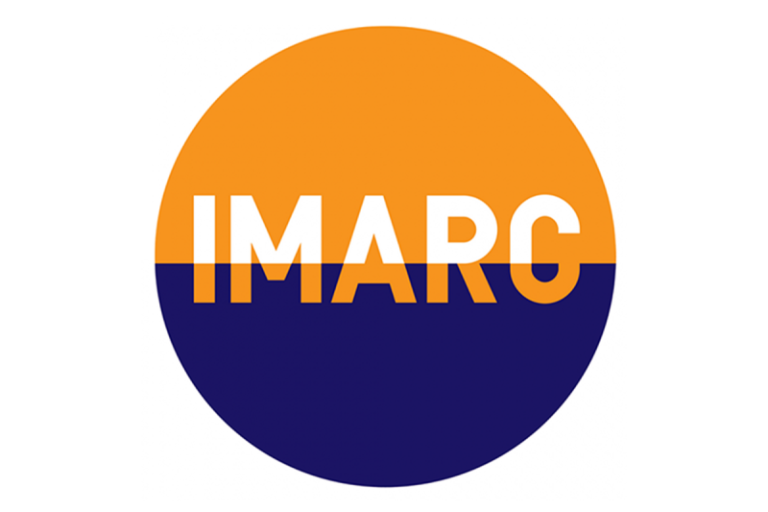Alternative Financing Options for Critical Minerals Projects
Exploring alternative financing options for critical minerals projects has become essential as the demand for these minerals continues to grow in various industries worldwide. Innovative financing models are crucial to ensuring the sustainable development and supply of critical minerals while mitigating risks associated with traditional funding sources. In this article, we will delve into several alternative financing mechanisms that can support critical minerals projects and drive the growth of this vital sector.
1. Public-Private Partnerships (PPPs)
Public-private partnerships have emerged as an effective way to finance critical minerals projects by combining the resources and expertise of both the public and private sectors. Through PPPs, governments can collaborate with private investors to fund and manage critical minerals projects, reducing the financial burden on the public sector while attracting private sector capital and expertise.
One successful example of a PPP in the critical minerals sector is the collaboration between mining companies and government agencies to develop rare earth elements (REEs) projects. By sharing resources and risks, PPPs have the potential to accelerate the exploration and production of critical minerals, leading to increased supply and reduced dependence on imports.
2. Strategic Partnerships and Alliances
Forming strategic partnerships and alliances with other industry players can provide critical minerals projects with access to capital, technical expertise, and market opportunities. Collaborating with industry leaders, financial institutions, and technology companies can help mitigate risks, share knowledge, and enhance project value.
For instance, a mining company specializing in lithium extraction could partner with a battery manufacturer to secure financing for a lithium project and establish a long-term market for the extracted minerals. By leveraging the strengths of each partner, strategic alliances can drive innovation, increase competitiveness, and create sustainable value chains for critical minerals.
3. Impact Investing and ESG Funding
Impact investing and environmental, social, and governance (ESG) funding have gained popularity as alternative financing sources for critical minerals projects that prioritize sustainability and social responsibility. Investors looking to support projects with positive environmental and social impacts are increasingly channeling capital into critical minerals projects that adhere to ethical and sustainable practices.
By incorporating ESG criteria into their investment decisions, mining companies can attract socially responsible investors, access green financing options, and enhance their reputation as leaders in sustainable mining practices. Impact investing not only provides financial support but also promotes responsible resource management, community engagement, and environmental stewardship in critical minerals projects.
4. Crowdfunding and Community Funding
Crowdfunding platforms and community funding initiatives offer an innovative way for individuals, communities, and small investors to contribute to critical minerals projects and share in their success. By engaging with diverse stakeholders and raising capital through crowdfunding, mining companies can democratize project financing, increase transparency, and build local support for their operations.
Community funding models empower local communities to invest in critical minerals projects in their region, fostering economic development, creating employment opportunities, and promoting social inclusion. By involving stakeholders in the financing process, mining companies can establish trust, address social concerns, and establish mutually beneficial relationships with the communities where they operate.
5. Resource-Based Financing
Resource-based financing, such as streaming agreements, royalty financing, and off-take arrangements, provides mining companies with alternative sources of capital that are directly linked to the future production and sale of critical minerals. These financing structures enable companies to secure funding without incurring additional debt or diluting equity, leveraging the intrinsic value of their mineral reserves.
Streaming agreements, for example, allow investors to provide upfront capital to mining companies in exchange for the right to purchase a percentage of the project’s future mineral production at a predetermined price. By monetizing future production streams, mining companies can fund exploration, development, and production activities while providing investors with exposure to the upside potential of critical minerals projects.
In conclusion, alternative financing options play a vital role in supporting the sustainable development of critical minerals projects and overcoming funding challenges faced by the mining sector. By embracing innovative financing mechanisms such as public-private partnerships, strategic alliances, impact investing, crowdfunding, and resource-based financing, mining companies can diversify their funding sources, manage risks, and create value for all stakeholders involved in the critical minerals supply chain. As the demand for critical minerals continues to rise, adopting flexible and sustainable financing models will be crucial for driving growth, innovation, and resilience in the global minerals industry.



